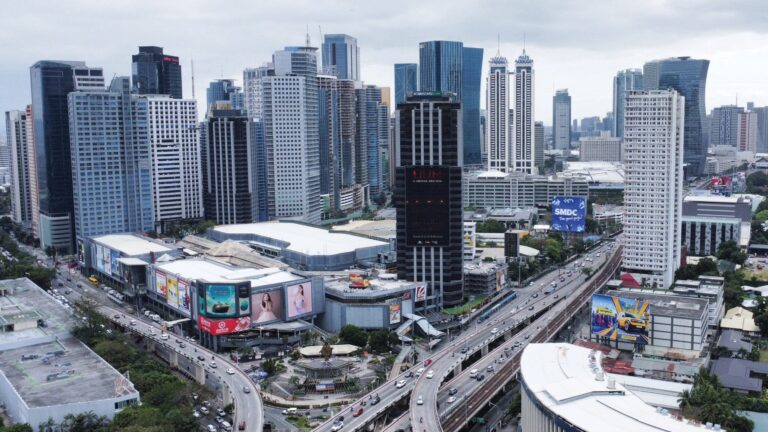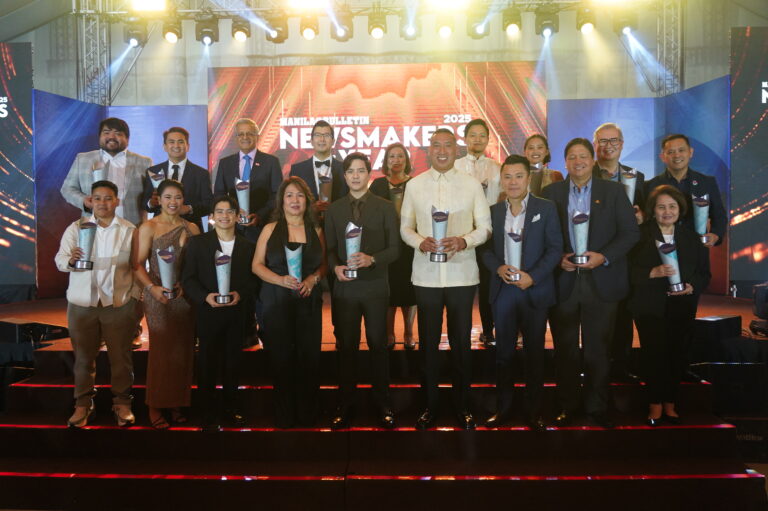Over the past few years, we’ve been fortunate to visit islands and peaks across the Philippines, supporting leaders and communities in charting more sustainable ways forward through what we learned at Masungi Georeserve. Throughout our journeys, we’ve met some of the top tourism practitioners in and outside the country who are genuinely passionate about using the …
Over the past few years, we’ve been fortunate to visit islands and peaks across the Philippines, supporting leaders and communities in charting more sustainable ways forward through what we learned at Masungi Georeserve.
Throughout our journeys, we’ve met some of the top tourism practitioners in and outside the country who are genuinely passionate about using the power of tourism to uplift lives and restore the environment. These individuals and communities do not greenwash, but genuinely implement impactful, meaningful practices.
While our approaches may differ, there is a shared admiration for the prime examples of sustainable tourism in the Philippines that inspire us all. It is our hope that in the years to come, we continue to elevate these models and foster partnerships between communities and the private sector to create a uniquely Filipino standard of sustainable travel.
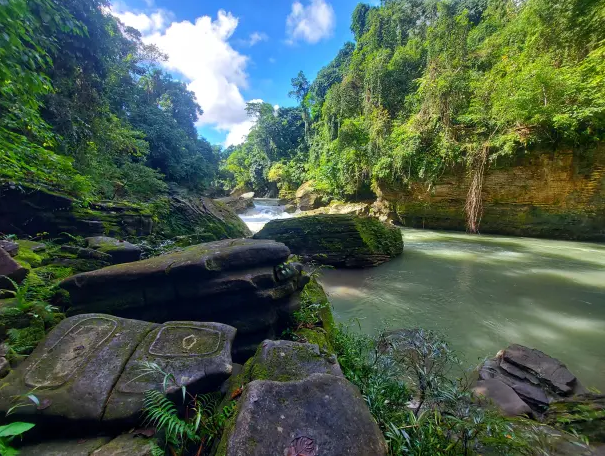
Apayao
In 2024, Apayao was named a UNESCO Biosphere Reserve, becoming the Philippines’ fourth such reserve alongside Albay, Palawan, and Puerto Galera.
This recognition highlights Apayao’s commitment to environmental conservation, particularly through the indigenous “lapat” system—a traditional practice that restricts entry to the forest or use of forest resources, allowing ecosystems to regenerate. The province’s lush forests serve as a sanctuary for critically endangered species, including the Philippine eagle.
Last year, the local government unit (LGU) of Apayao visited the Masungi Georeserve for a learning exchange. We were deeply impressed by their forest guards program, which strengthens ground-level forest enforcement. Like Masungi, Apayao also boasts stunning limestone peaks that showcase nature’s raw beauty. Despite its remote location, Apayao is steadily progressing towards becoming a world-class destination, guided by efforts to develop it sustainably. More Filipinos need to discover and appreciate this gem.
Bojo Aloguinsan Ecotourism Association (BAETAS), Cebu
Established in 2009, the Bojo Aloguinsan Ecotourism Association (BAETAS) in Cebu has transformed the Bojo River community through sustainable, community-based tourism. By organizing eco-cultural tours, BAETAS has empowered local residents, providing them with alternative livelihoods while promoting environmental conservation.
Their efforts have garnered international recognition, including being named one of the “Best Tourism Villages” by the United Nations World Tourism Organization in 2021. This accolade underscores the power of local mobilization in creating memorable and sustainable tourism experiences.
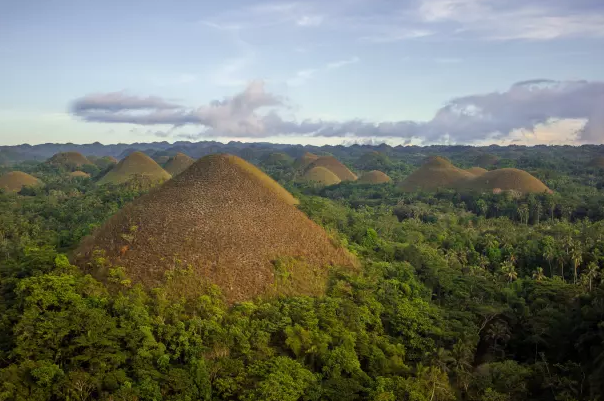
Bohol Geopark
In May 2023, Bohol Island was declared the Philippines’ first UNESCO Global Geopark, highlighting its rich geological heritage shaped over 150 million years.
The island features unique landforms such as the iconic Chocolate Hills and possesses a diverse range of geological and cultural sites. This designation was achieved through the collaboration of government bodies and scientific communities, aiming to promote geotourism and sustainable development.
Bohol, already a favorite among local and international tourists, is poised to offer even more with this remarkable achievement. We eagerly anticipate the unique experiences and opportunities that the Bohol Geopark will bring to the forefront.
Danjugan Island, Negros
Danjugan Island, located off the coast of Cauayan in Negros Occidental, is a 43-hectare sanctuary managed by the Philippine Reef and Rainforest Conservation Foundation Inc. (PRRCFI).
The island boasts five lagoons, white-sand beaches, bat caves, lush limestone and mangrove forests, and is surrounded by vast seagrass beds and fringing coral reefs. As a wildlife and marine sanctuary, Danjugan Island offers ecotourism and educational programs that fund its conservation efforts, support local communities, and create a new generation of marine environmental leaders.
This model exemplifies how privately led conservation initiatives can effectively preserve biodiversity while promoting sustainable tourism.
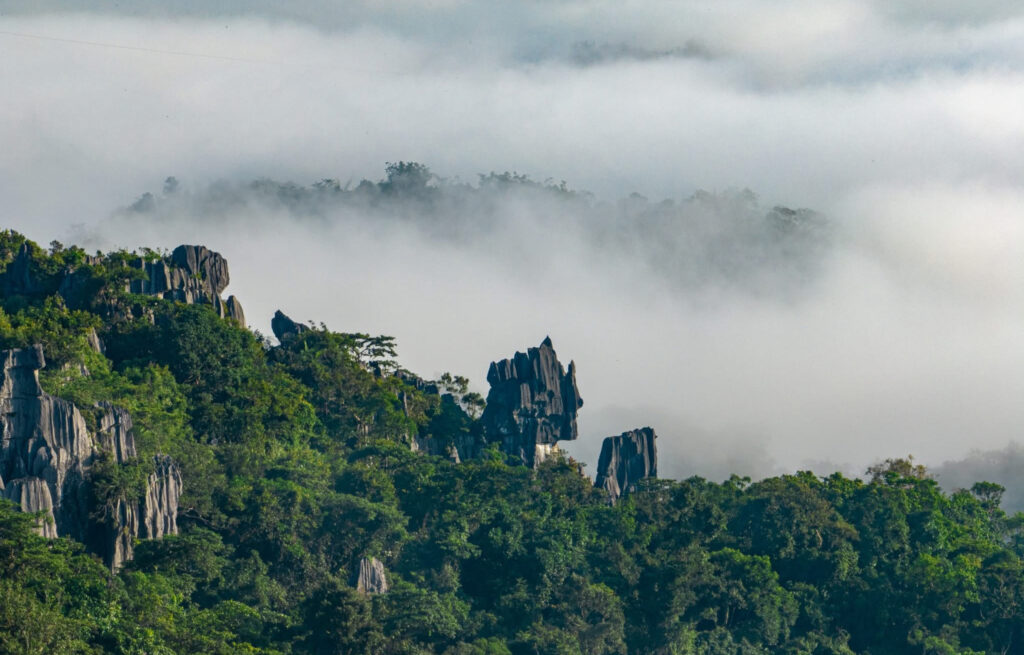
Masungi Georeserve, Rizal
The Masungi Georeserve, located in Baras, Rizal, is a karst conservation area spanning approximately 300 hectares, with 2,000 more hectares undergoing reforestation. Protection efforts by Blue Star Construction and Development Corporation, in a joint venture with the environment department, commenced in the late 1990s to combat deforestation and land-grabbing.
Today, the Masungi Georeserve Foundation runs innovative nature trails with rope courses and viewing platforms that promote responsible human-nature interaction. Home to over 800 documented species of flora and fauna, Masungi focuses on low-volume, high-value experiences to champion sustainability.
Beyond conservation and geotourism, Masungi has evolved into a movement that challenges the status quo, campaigning against destructive activities that threaten the landscape. It serves as an example of regenerative tourism, where every visit contributes to the restoration of the surrounding watershed.
Tubbataha Reefs
Located in the heart of the Sulu Sea, the Tubbataha Reefs Natural Park is a UNESCO World Heritage Site — a place of outstanding universal value — for its pristine coral reefs and rich marine biodiversity.
Covering nearly 100,000 hectares, the park includes two atolls and the Jessie Beazley Reef, serving as a sanctuary for over 360 species of coral and almost 700 species of fish. Recognized as one of the world’s premier diving destinations, Tubbataha’s well-preserved ecosystems are a testament to effective marine conservation efforts.
The park’s management, including a dedicated team of rangers and their very own “mama ranger” – Park Superintendent Angelique Songco, ensures the protection of this underwater paradise, making it a model for marine biodiversity conservation.
***
These destinations exemplify the Philippines’ potential as a leader in sustainable travel. We can lead when we highlight what is uniquely ours. By supporting these initiatives and fostering collaboration between communities, the private sector, and the government, we can ensure that tourism in our country uplifts both people and the planet, creating a future we can all be proud of.




